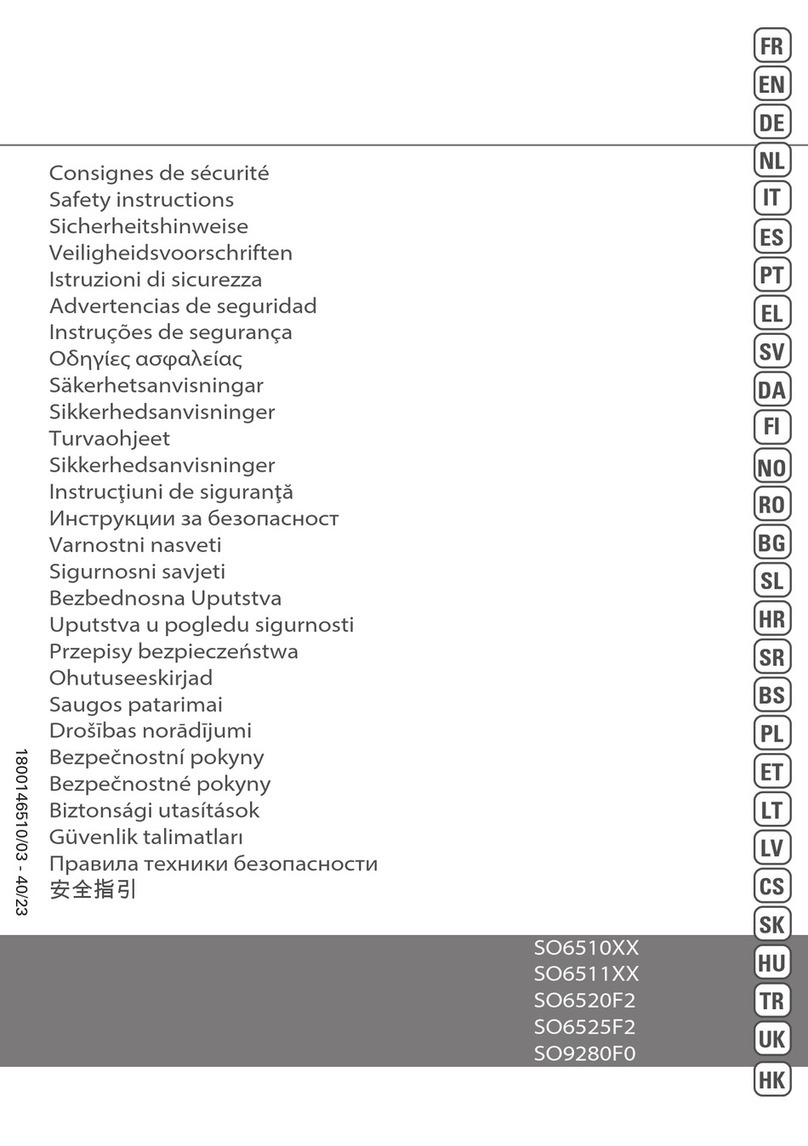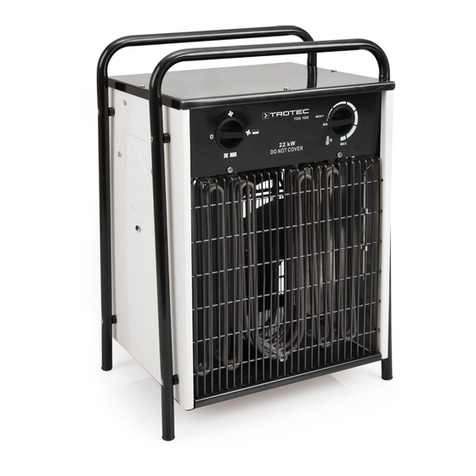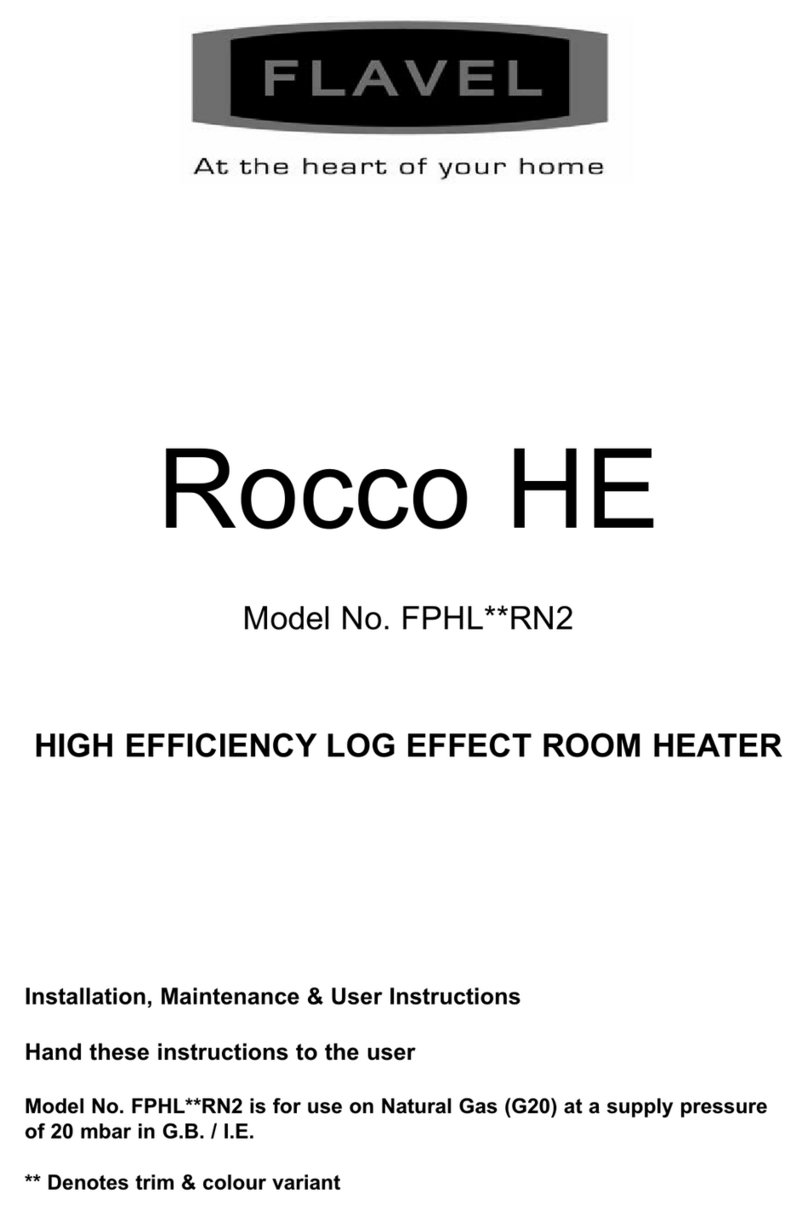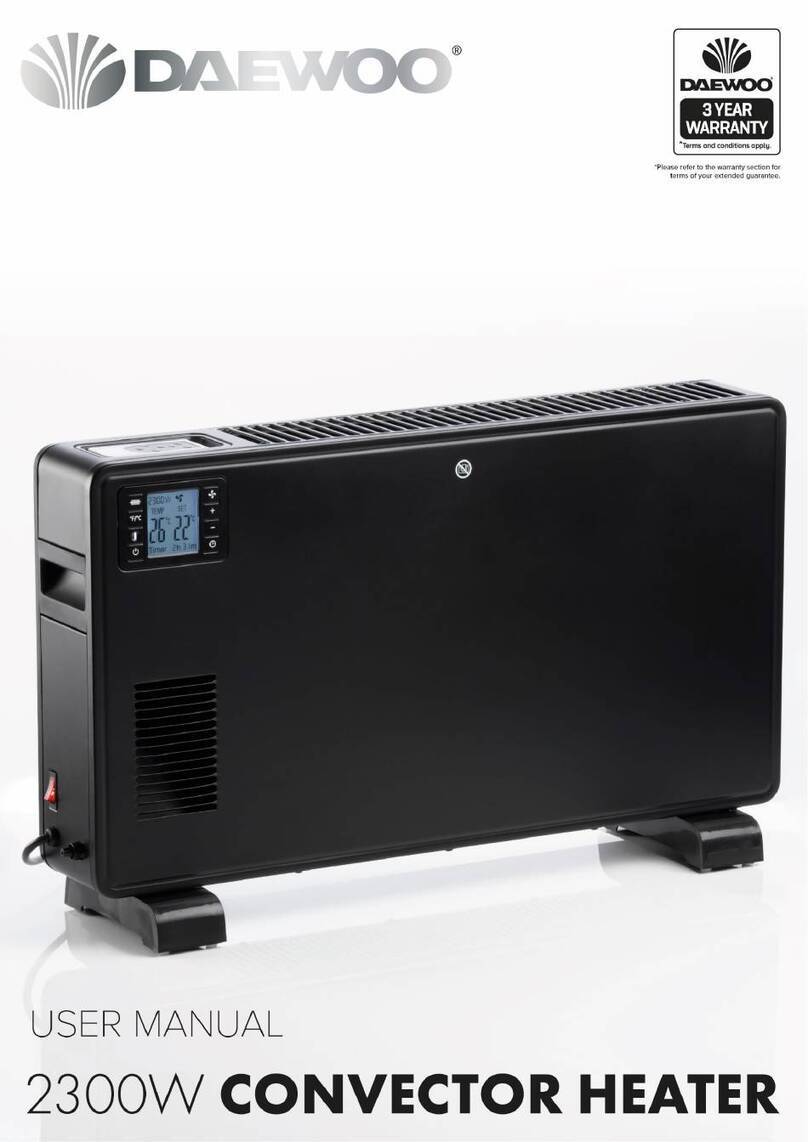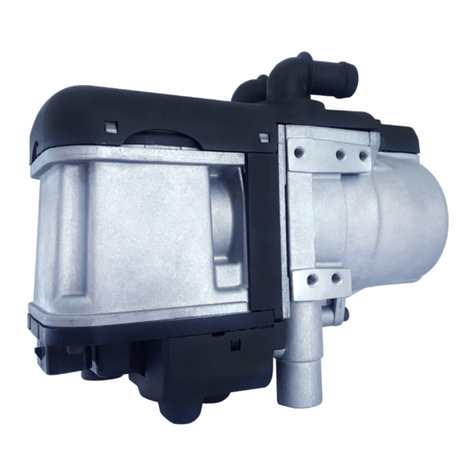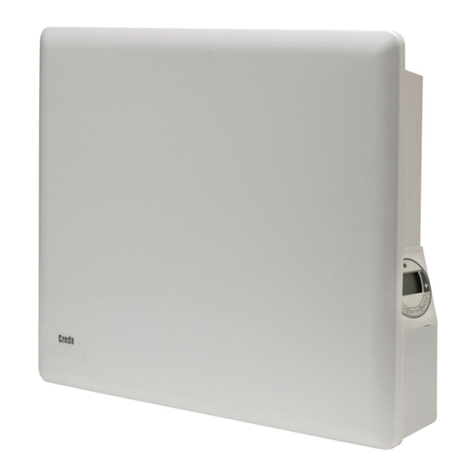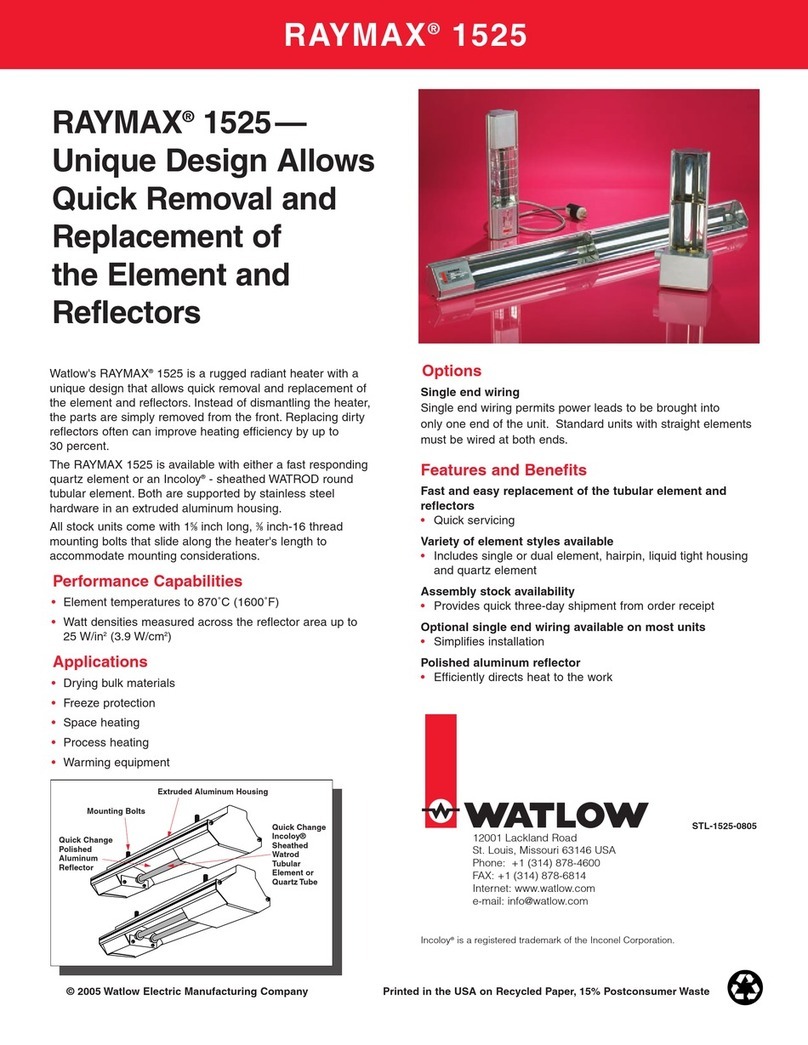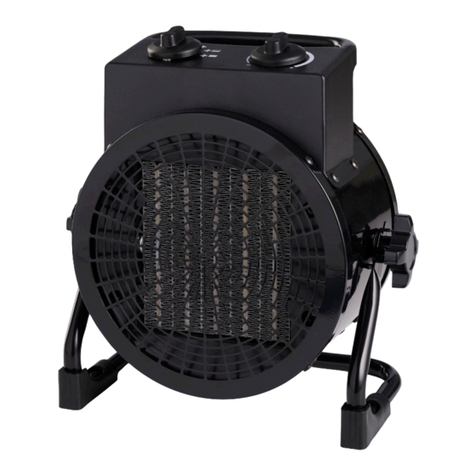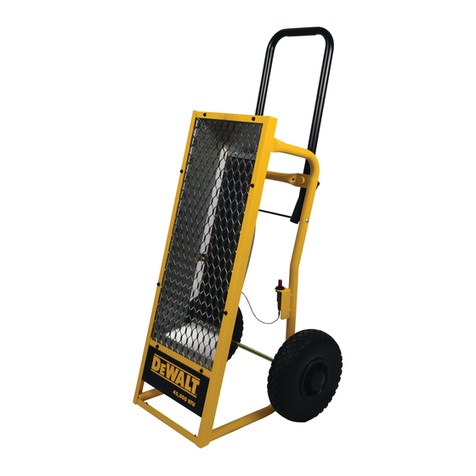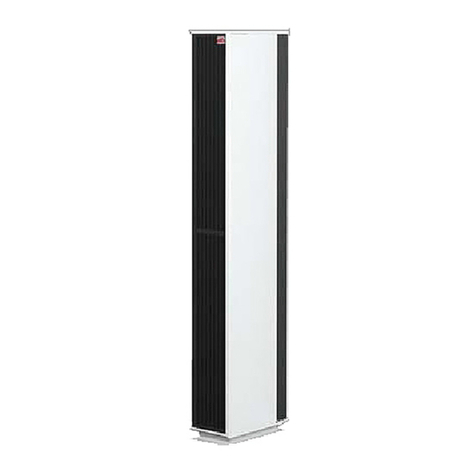Hiton HP-115 User manual

1
USER MANUAL
UNIVERSAL OIL HEATER
HP-115 AND HP-125

2
Please read the following instruction carefully in order to make sure that the heater is used
properly and does not cause malfunction.
1. Use
HP-115 and HP-125 universal oil heater are suitable for heating big size buildings without
central heating (shops, service stations, industrial buildings, warehouses, inventory buildings,
basements, garages, etc.) The heater runs on most oils of mineral and plant origin, such as motor
oils, heating oil, gear oils, hydraulic oils, HBO I, II, III oils with maximum kinematic viscosity
6.00 mm²/s at a temperature of 20ºC and maximum ignition temperature not lower than40ºC and
density above 0.94 g/cm³.
In light of binding regulations in Poland it is recommended that diesel oil, heating oil or
biodiesel be used.
NOT TO BE USED WITH TRANSFORMER (INSULATING) OILS
THEY MAY CONTAIN SUBSTANCES THAT CAN DAMAGE THE HEATER
2. Storage conditions:
HP-115 and HP-125 universal oil heaters should be stored in the following conditions:
• temperature
-20-85°C
• relative humidity
5-85%
• pressure
800-1200hPa
• free of dust
• free of chemical pollutants.
3. Conditions for use:
HP-115 and HP-125 universal oil heaters should be operated under the following conditions:
• temperature
0-30°C
• relative humidity
5-85%
• pressure
800-1200hPa
• environmental impact protection
IP20
• appropriate ventilation of heated area
4. Characteristics of the control panel:
the heater may be regulated and set at 15 and 22kW (HP-115) or 22 and 30 kW (HP-125),
protection against overheating the burner,
protection against overflow of oil in the burner,
automatic retaining of previous settings in case of power failure,
5. Safety measures:
HP-115/HP-125 universal oil heater is connected to 230V/50Hz alternating current network. A
fuse element (1A, 250V) was installed in the casing of the control panel. The fuse should always
be replaced with the power (230V/50Hz) switched off.
HP-115 /HP-125 universal oil heater is equipped with two bimetallic sensors assuring safe and
effective functioning of the device.

3
Bimetallic sensor in the burner triggers reaction in form of clenching contacts when the
temperature in burner rises above 40°C and opening of contacts when the temperature falls
below 35°C. In cases such as overheating or oil overflow, processor controls the signal from the
bimetallic sensor and activates ventilating fan until the burner cools down to the temperature
below 35°C.
Second bimetallic sensor is installed next to the blower fan with threshold temperature set at
90°C. Clenching of contacts, when threshold temperature is exceeded, causes that the burner
immediately switches into the overheating mode (see point. 8 of the instruction).
The heater is also equipped with weigh sensor placed under the overflow tank (the so-called
overflow fuse).
When the tank is filled, the heater immediately switches into the overflow mode (see point 8 of
the instruction).
The control panel of the heater is factory-connected with other elements of the system (such as
sensors, pump, and fan) and it is a safety requirement that during regular use there be no
interference with covered and sealed part of the control panel as well as integrity of wiring. Any
interference of unauthorized person may cause an electric shock (230V/50Hz) and burns.
6. Burner’s construction
Figure 1: Diagram of HP-115 and HP-125 universal oil heater
Symbols:
T40
Bimetallic sensor of burner’s temperature
T100
Bimetallic thermostat (STB)
OVF
Overflow fuse
MP
Pump (48W [230V AC, 50Hz])
MW
Fan (35W [230V/50Hz], capacity 600 m³/h (HP-115), capacity l000 m³/h (HP-125)

4
KB
Keyboard
D1
Heater overheating indicator
D1
Overflow tank indicator
D3
Pump engine rotational speed indicator
D4
Heater turn on/off indicator
Figure 2. Control panel
7. Installation
When installing the heater, all local regulations are to be complied with, including regulations
referring to national and European norms.
Place the heater on flat surface made of concrete.
Level the device in order to check if the heater is levelled correctly, place the vaporising pan in
the lower part of the combustion chamber and pour a small amount of diesel oil onto it. The oil
should stay exactly in the middle of the pan.
Install current stabilizer (valve) on the combustion chamber’s outlet pipe in order to maintain
constant draught inside the pipe during the operation.
Install at least six meters long, smooth and temperature resistant horizontal flue (not aluminium
flue) in order to provide optimum draught.
Check tightness of all joints, if necessary use the insulation tape.
Make sure that the vaporising pan is placed centrally in the combustion chamber.
Place the upper ring inside the combustion chamber with flange facing upwards and install the
hot air pipe.
Check the power (220-240V/50Hz) and connect the heater to the power outlet. Neither fan nor
the pump should become active because the burner has not been switched on and the heat has not
been produced yet.
The heater should be placed away from combustible materials

5
Ventilation fans working in the same room or area as the heater may cause disruptions.
Fitting the flue
To ensure the right combustion appropriate fitting of the flue in necessary. The following
recommendations should be adhered to when fitting the flue:
Minimum flue diameter - 150mm.
Check tightness of joints between flue elements.
Minimum flue height- 6m.
The inside of the flue should be insulated (double skinned).
The tube should be in free air (the tip of the flue should be above the rooftop).
If possible, all sections of the flue should be in vertical position, horizontal positioning should be
avoided, as well as bending of the flue. However, if it is necessary to bend a flue (for example a
flue bent in two places when it runs through a wall or a window), the maximum angle is 45° with
minimum height of the flue increased to 7m.
Minimum flue draught of 16Pa with nominal heat.
The device cannot be connected to the joint combustion outlet system.
CAUTION!
When installing the combustion outlet system it is recommended not to place flues in horizontal
position. In order to guarantee free movement of gases, the angle of flue should not exceed 45°. The
flue outlet must be above the rooftop.
Flues running through the ceiling, walls or the roof, must be insulated in order to prevent fire. It is
recommended to use double skinned flue in places where the flue is likely to be touched by the
general public and on the outside of the building in order to guarantee good draught and prevent
condensation. No materials should be placed close to the heater, even incombustible ones. Free air
movement should be provided to assure proper combustion process.

6
Figure 3. Fitting the flue
8. Description of use
Control panel
The control panel of HP-115and HP-125 universal oil heater is equipped with four buttons
enabling the user to control the operation of the heater and four diodes signalling the operating
modes of the device.

7
Figure 4. Front view of the universal oil heater control panel.
The device operates in the following modes:
• Stop
Device ready for use
• Heating up
Preliminary operating phase
• In operation
The device is working normally
• Shutting off
The device is shutting off
• Overheating
Contingency switching off
• Tank overflow
Contingency switching off
The heat is produced during gas combustion when oil is heated up to a high temperature. When
connecting the heater to power network, the device is in stand-by mode (Stop). Heat is not
produced and fan and pump are not working. Pressing the Start button triggers the green diode
to turn on and the heater goes into the heating up mode. Once the burner is heated up to 40°C
the joints of thermostat placed next to combustion chamber clutch activating the oil inlet pipe
and blower fan; these are signalled by the yellow diode on the control panel. At the beginning
smaller amount of oil is required for at least 30 minutes, when the burner has not been heated up,
and the device should work on its first gear (on the screen displayed as “-“ –yellow diode is
dim). During this time, the pump feeds the combustion chamber with approximately 1.25 kg/h
(HP-115) or 1.85 kg/h (HP-125) of oil. After 30 minutes, we may shift to second gear (on the
screen displayed as “+” – yellow diode is bright), during which time the chamber is supplied
with approximately 1.85 kg/h (H-P115) or 2.55 kg/h (HP-125) of oil.
The heater is switched off by pressing Stop button on the control panel. The pump is switched
off (yellow and green diodes on the control panel go off). Ventilation fan works until the
temperature in the chamber falls below 35°C (Shutting off). After the temperature in the
chamber has fallen below 35°C, the burner switches to the Stop mode.
The heater may switch off automatically if the combustion chamber is overheated or in case of
overflow.
Overheating signal is generated by the bimetallic thermostat located close to the fan. Opening
of joints signals that the threshold temperature has been exceeded. Control system turns the
pump off (pump indicator, yellow diode, goes off) and overheating is signalled when a red diode

8
on the control panel switches on. Ventilation fan works until the temperature in the chamber falls
below 35°C. After the temperature in the chamber has fallen below 35°C, the burner switches to
the Stop mode
Once the heater is in the Stop mode (and even after switching off and subsequently switching on
the device) the overheating signal is on. This enables the user to find out what caused the heater
to stop.
In order to reset the overheating signal and regain normal functioning of the device, one should
wait until the burner cools off completely (ventilation fan switches off) and press the button on
the casing of bimetallic thermostat. Then press Start button, which will cause the overheating
diode to go off. The heater may be switched on again.
Overflow signal is generated by a mechanic sensor located underneath the overflow tank.
Opening of joints signals that the tank is overflow. At the same time the pump is switched off,
the pump indicator goes off, and the red diode signalling overflow switches on. Ventilation fan
works until the temperature in the chamber falls below 35°C. After the temperature in the
chamber has fallen below 35°C, the burner switches to the Stop mode. The overflow tank is to
be emptied, and then Start button should be pressed, which will cause the red overflow diode to
go off. The heater may be switched on again.
Figure 5. Safety devices of the heater
1. Thermostat located close to combustion chamber
2. Overheating protection
3.Oveflowing safeguard

9
9. Operating procedure
CAUTION!
OIL MUST NOT BE POURED INTO THE BURNER IF
THE CHAMBER OR THE PAN IS STILL HOT!!! ALWAYS WAIT
UNTIL THE BURNER HAS COOLED DOWN. NON-COMPLIANCE
WITH THE ABOVE WARNING MAY CAUSE EXPLOSION OF OIL
VAPOURS AND BURNS!!!
How to operate the device
Once engaged, the heater switches to desired modes depending on settings chosen by the user
and information transmitted by sensors connected to the control panel.
If necessary, water may be poured from the tank and replaced with used oil.
Plug into the power socket (230V/50Hz).
Pull the upper part of the cover aside and take the burner lid off, take the cylinder and the ring
out (if necessary, clean thoroughly the vaporising pan and its base, the burner, cylinder and ring).
Check if the vaporising pan is cool and clean, and then pour approximately 250 ml of heating or
diesel oil onto it.
Light oil using a piece of scrunched up paper that needs to be put on fire and thrown onto the
vaporising pan.
Install ring and cylinder, put the burner lid back on, close the upper part of burner’s casing.
Press Start button on the control panel (green diode turns on)
After approx. 10-15 minutes, depending on the temperature in the room, the fuel pump and
ventilation fan will start and the yellow pump diode will turn on at the same time. The heater
starts working on the lowest gear with lower performance and can continue operating in this
mode on a continuous basis:
15 kW; 1.25 kg/h –HP-115 and
22 kW; 1.85 kg/h –HP-125
The second gear, with increased performance can be activated (“+” on the screen) after 30
minutes following the activation of the heater:
22kW; 1.85 kg/h –HP-115 and
30 kW; 2.55 kg/h –HP-125
Each time Stop button is pressed followed by pressing the Start button during operation will
result in switching into the Heating up mode of the burner.
Shutting off
Press Stop on the control panel (yellow diode goes off), pump stops feeding fuel onto the
vaporising pan, and ventilation fan works only until the burner has cooled off.
The device must not be unplugged for as long as the ventilation fan is working, this can be done
only after the burner has cooled down. The burner switches off automatically. Please remember
that after switching off the device, the cast-iron pan remains hotter for longer (depending on the
temperature in the room) and the heater cannot be re-engaged until it cools down completely.

10
Figure 6. Heater construction-
1. Burner basin
2. Ring
3. Combustion chamber
4. Cylinder
5. Fuel tank
6. Pump and control panel
7. Oil feed line
8. Combustion chamber lid

11
Maintenance
The burner requires various maintenance works. Following producer’s recommendations
regarding maintenance will assure failure-free and safe functioning of the device.
Vaporising pan and elements of the combustion chamber (cylinder, ring and lid) should be
cleaned daily.
Check if the oil overflow pipe is unobstructed (this pipe is located in the lower part of the
combustion chamber, directly above the overflow tank), and clean if necessary.
Clean the burner basin located inside the combustion chamber at least once a week (burner basin
is located under the vaporising pan).
Check if air inlets in the lower and upper part of the combustion chamber are not obstructed.
Clean the oil feed line once a week, maximum time of operation without cleaning the line
feeding oil onto the vaporising pan is approximately 7-14 hours (depending on the type of oil
used for heating).
Clean the fuel tank and oil pump filters during heating season.
If the heater is not used for a longer period of time, the combustion chamber and the tank should
be cleaned thoroughly, and then covered with a thin layer of oil in order to prevent corrosion.
IT IS RECOMMENDED TO HAVE ALL MAINTENANCE WORKS DONE EACH SEAZON BY
AN AUTHORISED DEALER
Figure 7. Combustion chamber

12
10. Failures
In case of a failure of the device, the following list may help identify its cause and remedy. Generally, it
should be easy to fix. The following are the most common problems. Digits represent possible causes.
The order of digits suggests gradation of probable cause of the failure.
CAUTION!
Unplug the device before starting to fix the problem.
FAILURE
CAUSE
Pump does not work and the pump indicator does not turn on
6-3-7
Flame goes off while the pump is still working
2-5-9-10-12
Combustion chamber makes noise
10-11-12
There is soot in the chamber and on the flue
8-9-10-11-
12
There is unburned oil left on the vaporising pan or too much diesel oil during switching
on
8-9-11-12
No
CAUSE
REMEDY
1
No power supply
Check if the device is plugged in correctly and
check the fuse.
2
Water or residues in the tank.
Clean the tank and filter
3
Pump engine does not turn on
Check STB and overflow fuse.
4
The engine and pump do not turn on.
Fuel is too thick or too cold. Dilute with diesel oil.
Check the pump thermostat and replace, if
necessary.
Check the engine in order to determine if the pump
is not dirty inside.
Check STB and overflow fuse.
5
Oil pipe is blocked, oil flows back to the
tank through return pipe
Clean the oil pipe and replace, if necessary.
6
Pump thermostat did not reach desired
temperature.
Wait until the burner cools down and relight.
Replace the thermostat.
7
Overflow fuse is full
Clean
8
Security thermostat (STB) does not work
correctly or does not work at all
Reset the thermostat
Replace
9
Insufficient air supply for heating
Clean air inlets in the combustion chamber.
Check the fan
10
Draught problems
Check if the flue is installed according to “Fitting
the flue”
Check tightness of the flue
Clean, if necessary
11
The draught in the flue is too strong or
changing
Install the draught stabiliser and set at 2 mm W.C.
(16 Pa).
12
The draught in the flue is too weak.
Check all joints.
Minimize the number of bends

13
Extend the flue
Insulate the flue on the outside of the building
Read information about the flue in this guide.
TECHNICAL SPECIFICATIONS:
HP115
HP125
Minimum heating performance
kW
15
22
Maximum heating performance
kW
22
30
Minimum oil consumption
kg/h
1,25
1,85
Maximum oil consumption
kg/h
1,85
2,55
Heated air flow
M
600
1000
Power supply
V/Hz
230/50
230/50
Power intake
A
0,6
0,6
Flue diameter
mm
150
150
Width
cm
54
85
Height
cm
137
137
Length
cm
75
54
Weight
kg
90
90

14
ABIZA
05-825 Grodzisk Mazowiecki
Opypy, ul.Jemiołowa 2
08
EN 1
Type: HP 115
Distance from combustible materials: 140 cm
Class: 5
Heating performance: 22 kW
Fuel type: Diesel oil
Electric security: complied with
ABIZA
05-825 Grodzisk Mazowiecki
Opypy, ul. Jemiołowa 2
08
EN 1
Type: HP 125
Distance from combustible materials: 140 cm
Class: 5
Heating performance: 30 kW
Fuel type: Diesel oil
Electric security: complied with

15
DEKLARACJA ZGODNOŚCI WE
EC DECLARATION OF CONFORMITY
Producent: ABIZA
Manufacturer
Adres: 05-825 Grodzisk Mazowiecki Opypy, ul.Jemiołowa 2
Address:
Produkt: Marka: HP
Product: Model: HP-115
Niniejszym deklarujemy z całą odpowiedzialnością, że wymienione produkty spełniają wymagania
bezpieczeństwa Dyrektyw Europejskich.
We herby declare In sole responsibility that the designated product fulfills the safety requirements of the
European Directives.
Dyrektywy: 2006/95/WE Dyrektywą niskonapięciową (LVD)
Directives: 2004/108/WE Dyrektywą Kompatybilności Elektromagnetycznej (EMC)
89/106/WE Dyrektywą Wyroby Budowlane
Zastosowane normy/Standards applied:
PN-EN 1, PN-EN 1:2001/A1, PN-EN 60335-1, PN-EN 60335-1-102, PN-EN 55014-1:2007,
PN-EN 55014-2:1999+A1:2004+IS1:2007, PN-EN 55014-1:2004, PN-EN 61000-3-2004+
A2:2005, PN-EN 61000-3-3:1997+A1:2005+A2:2006, PN-EN 55014-1, PN-EN 61000-4-2:
1999+A2:2003, PN-EN 61000-4-4:2005, PN-EN 61000-4-6:2007, PN-EN 61000-4-5:2006,
PN-EN 61000-4-11:2007, PN-EN 61000-3-3:1997+A1:2002(U)
Oznaczenie CE zostało nadane w 2008r
CE marking was made In
Deklaracja wydana przez ABIZA
Declaration issued by
Miejscowość, data Opypy, 12.08.2008
Place, date
Andrzej Białous
właściciel firmy
Podpis osoby upoważnionej
Signature of authorized person ___________________________

16
DEKLARACJA ZGODNOŚCI WE
EC DECLARATION OF CONFORMITY
Producent: ABIZA
Manufacturer
Adres: 05-825 Grodzisk Mazowiecki Opypy, ul.Jemiołowa 2
Address:
Produkt: Marka: HP
Product: Model: HP-125
Niniejszym deklarujemy z całą odpowiedzialnością, że wymienione produkty spełniają wymagania
bezpieczeństwa Dyrektyw Europejskich.
We herby declare In sole responsibility that the designated product fulfills the safety requirements of the
European Directives.
Dyrektywy: 2006/95/WE Dyrektywą niskonapięciową (LVD)
Directives: 2004/108/WE Dyrektywą Kompatybilności Elektromagnetycznej (EMC)
89/106/WE Dyrektywą Wyroby Budowlane
Zastosowane normy/Standards applied:
PN-EN 1, PN-EN 1:2001/A1, PN-EN 60335-1, PN-EN 60335-1-102, PN-EN 55014-1:2007,
PN-EN 55014-2:1999+A1:2004+IS1:2007, PN-EN 55014-1:2004, PN-EN 61000-3-2004+
A2:2005, PN-EN 61000-3-3:1997+A1:2005+A2:2006, PN-EN 55014-1, PN-EN 61000-4-2:
1999+A2:2003, PN-EN 61000-4-4:2005, PN-EN 61000-4-6:2007, PN-EN 61000-4-5:2006,
PN-EN 61000-4-11:2007, PN-EN 61000-3-3:1997+A1:2002(U)
Oznaczenie CE zostało nadane w 2008r
CE marking was made In
Deklaracja wydana przez ABIZA
Declaration issued by
Miejscowość, data Opypy, 12.08.2008
Place, date
Andrzej Białous
właściciel firmy
Podpis osoby upoważnionej
Signature of authorized person

17
Other manuals for HP-115
2
This manual suits for next models
1
Table of contents
Other Hiton Heater manuals
Popular Heater manuals by other brands

Sealey
Sealey IR14 instructions

Reznor
Reznor ULSA 035(EC) Installation commisioning servicing & user instructions

L.B. White
L.B. White Tradesman 170 Owner's manual and instructions

King Electrical
King Electrical LPW2445 installation instructions
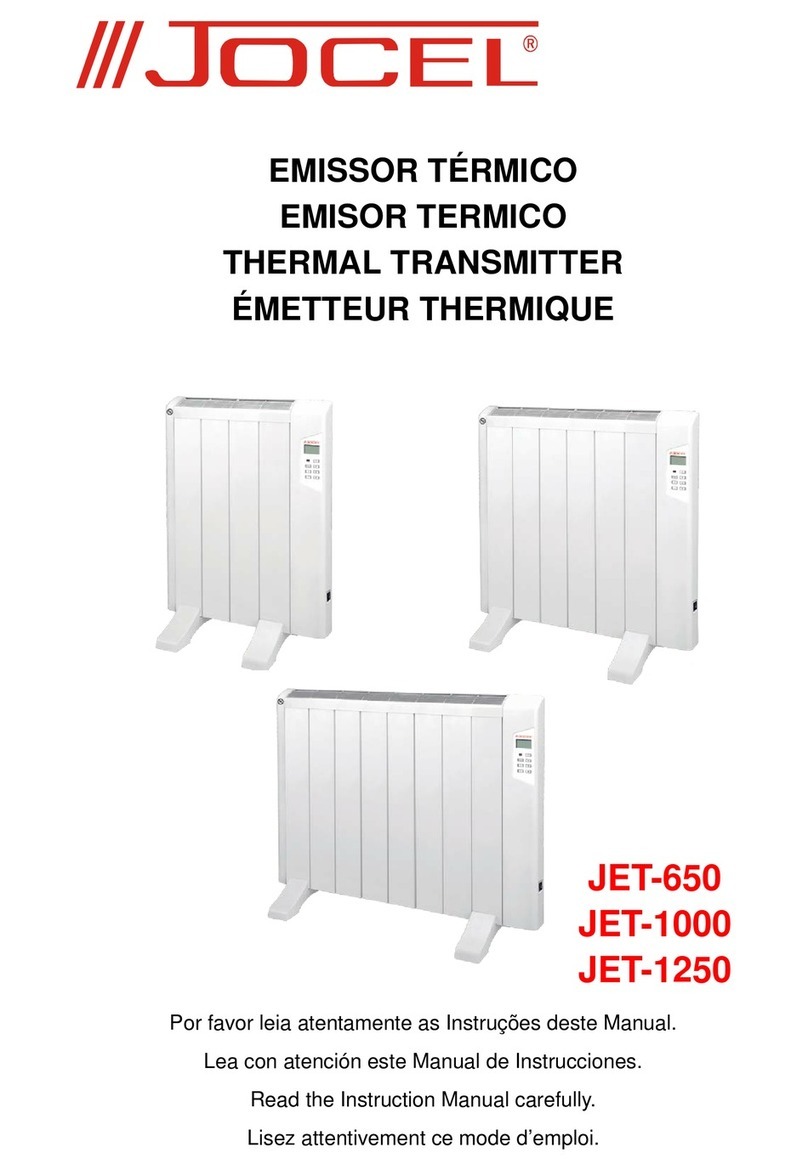
Jocel
Jocel JET-650 instruction manual
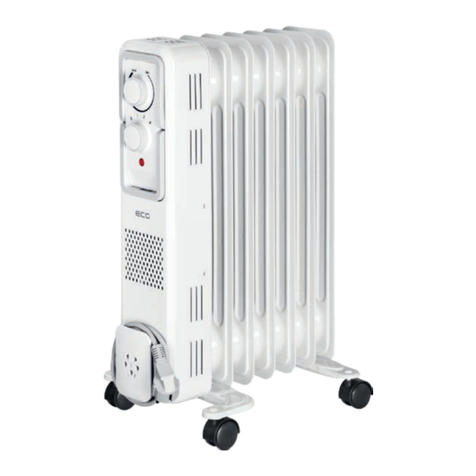
ECG
ECG OR 1570 instruction manual



